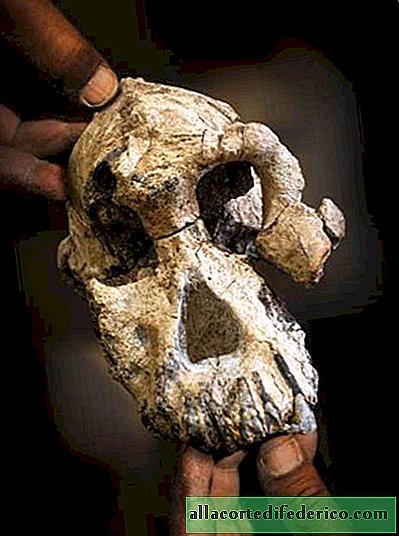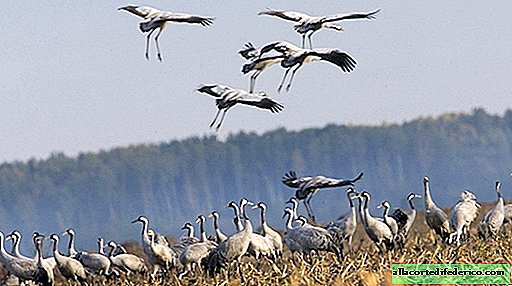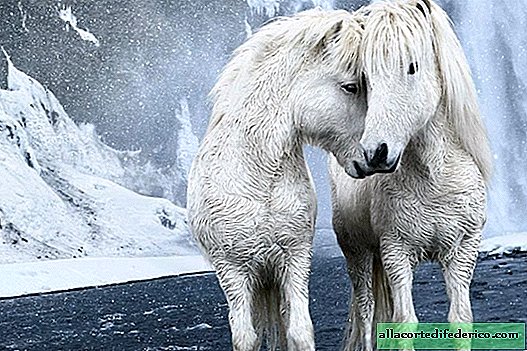Found the missing link in human evolution: skull Australopithecus anamensis
Before the famous Australopithecus afarensis (A. afarensis) Lucy roamed the land of Ethiopia about 3.18 million years ago, one of her ancestors, Australopithecus anamensis (A. anamensis), had already died much earlier in the place where the paleontological Monument of Voranso Mille in Ethiopia. The discovery of an earlier Australopithecus skull can completely change our understanding of human evolution during the Pliocene.

Until now, this type of hominid was known only in the teeth or jaws. That is why the opening of the skull is so important for world science. Johannes Haile Selassie expressed his excitement at the discovery: "I could not believe my eyes when I saw what we found. I shouted" Eureka! "And the dream of my life came true".
 Johannes Haile Selassie
Johannes Haile SelassieThe skull was opened in 2016 and has since been actively studied. The findings of the team’s findings were recently published online in the journal Nature. Scientists have discovered that the find is 3.8 million years old. The skull was identified as A. anamensis due to the morphological features of its upper jaw and canine.
The information obtained from the analysis of the skull of A. anamensis was combined with data taken from more than 12,600 fossil samples representing about 85 species of mammals in the Voranso Millet area to find out what life was like in those distant years, 3.8 million years ago. One of the most important findings made to date is that A. anamensis and A. afarensis lived together for about 100,000 years.

Representatives of the Max Planck Institute explain: "This temporary coincidence casts doubt on the prevailing science hypothesis of a gradual, linear transition between these two early human ancestors.". Haile Selassie stated: "This find changes our understanding of human evolution during the Pliocene."
And further explains:
“If until this moment we thought that A. anamensis gradually gradually transformed into A. afarensis over time, now it turns out that these two species actually existed simultaneously for quite some time. This completely changes our understanding of evolution and raises new questions - did these species compete for food among themselves? "

Beverly Saylor of Keys Western Reserve University and her colleagues identified the fossil age as 3.8 million years old, dating minerals in layers of volcanic rock nearby. Paleontologists have discovered that the discovery of A. anamensis was made in the sands of the delta, where the river once flowed from the highlands of the Ethiopian plateau to the lake.
Discovered remains belong to the oldest member of the genus Australopithecus. With this artifact, researchers can explore a unique set of facial features.

There is an interesting combination of some more primitive characteristics, such as those of Ardipithecus and Sahelanthropus and characteristics of later species, such as A. afarensis, which means that this skull is also a bridge between hominids. Until now, there was a huge gap between our ancient ancestors. There was no link that connected those who were about 6 million years old with those that were two to three million years old. Now it has appeared.

















